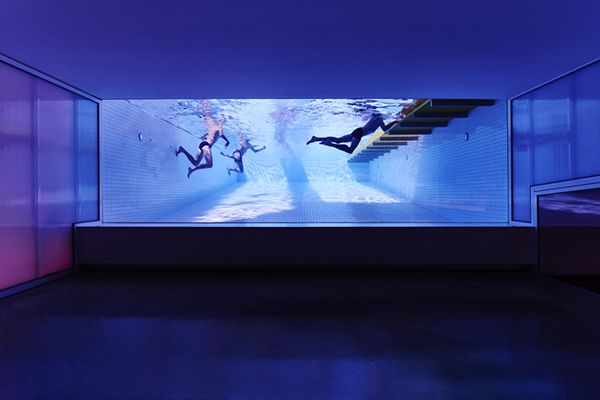
Ahead of the Australian presentation at this year’s Venice Architecture Biennale, The Pool, we take a look at some of Australia’s greatest pools.
Australia’s exhibition at the 15th Venice Architecture Biennale is The Pool. Led by Creative Directors Amelia Holliday and Isabelle Toland of Aileen Sage Architects, and Michelle Tabet, the exhibition asks if indeed the pool is the consummate symbol of Australian identity. The Pool explores natural, man-made, island and coastal waterholes throughout Australia, from the humble back yard pool in suburbia to the recent restoration of Bondi Icebergs, and more interesting architectural feats in the outback, and in urban city spaces.
Story continues below advertisement
“The Pool as an architectural device delimitates a social edge and a personal edge,” the exhibition’s Creative Directors said. “It is this metaphorical and literal edge condition that we want to explore and share with the audience at Venice. The pool represents a condition of surplus and of scarcity in the same form, which makes it very interesting.”
Here we’ve selected some of Australia’s greatest pools – memorable for their design, their cultural history, or both.
Stamp House by Charles Wright Architects
Story continues below advertisement
Ian Thorpe Aquatic Centre by Harry Seidler
Story continues below advertisement
Prince Alfred Park Pool restored by Neeson Murcutt Architects
Bondi Icebergs restored by Marchese Partners
Wylie’s Baths by Allen Jack+Cottier Architects
Villa Marittima by Robin Williams
Header image, Villa Marittima by Robin Williams.
Australian Institute of Architects
architecture.com.au